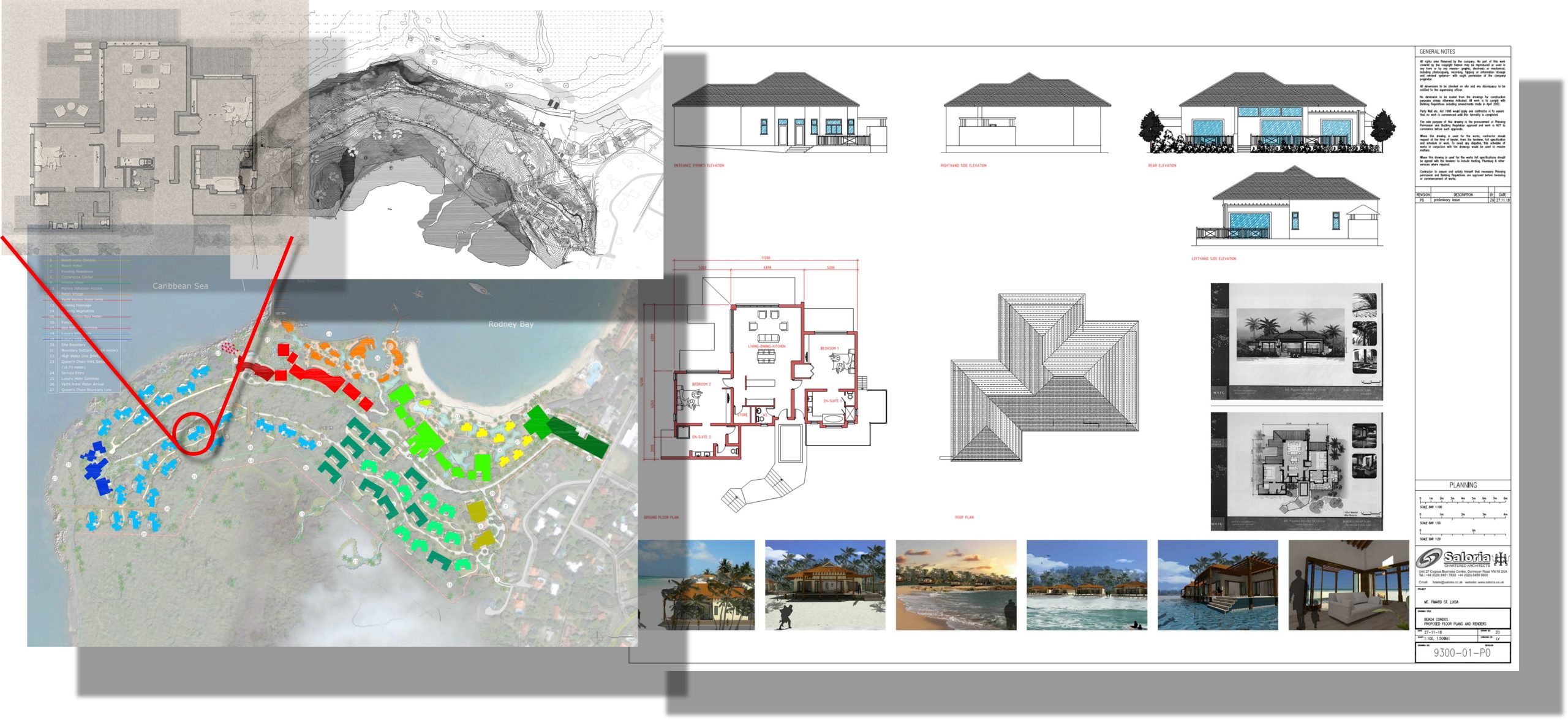
The Differences Between a Masterplan Designer and an Architect – and Why They Should Work Together
When embarking on a new development or investment project, it’s essential to understand the roles of a Masterplan Designer and an Architect. While their expertise overlaps, they serve distinct purposes, and their collaboration from the outset can ensure a successful, cost-effective, and future-proof project.
Defining the Roles
- Masterplan Designer: A Masterplan Designer takes a broad, long-term approach to a development project. They create a strategic framework that considers land use, infrastructure, environmental sustainability, and community needs. Their work is often conceptual, ensuring flexibility and adaptability to accommodate changes over time.
- Architect: An Architect, on the other hand, translates the masterplan into detailed, technical designs for individual buildings or spaces. They focus on the aesthetic, functional, and structural elements of the project, ensuring that the masterplan’s vision is both practical and buildable.
Key Differences
- Scope and Focus
- A Masterplan Designer provides a high-level, conceptual vision for an entire development.
- An Architect delivers precise and technical designs that align with the broader masterplan.
- Level of Detail
- Masterplan designs remain flexible and adaptable.
- Architectural plans require accuracy and adherence to technical regulations.
- Planning vs. Execution
- Masterplan Designers guide long-term strategic planning.
- Architects ensure the physical realization of the masterplan through detailed building designs.
Why Their Collaboration Matters
1. Avoiding Costly Redesigns
Many projects suffer from a disconnect between master planning and architectural design. Investors, lenders, and developers often face unexpected cost increases when transitioning from the masterplan stage to architectural and technical design. Involving architects early ensures that conceptual ideas are feasible, preventing costly revisions later.
2. Ensuring Technical Feasibility
Masterplans set out ambitious visions, but without early architectural input, they can face practical constraints when it comes to construction. Bringing architects into the discussion from the start helps ensure technical viability, avoiding major redesigns that could double initial budget estimates.
3. Streamlining the Process
Masterplans often establish conceptual zones before considering technical aspects. If architects are involved only later, there may be delays during the handover from masterplan designers to architectural teams. Early collaboration shortens project timelines, improving efficiency and communication.
An Integrated Approach for Success
A successful project requires a multidisciplinary approach from the outset. The best developments integrate expertise from Masterplan Designers, Architects, Engineers, Sustainability Consultants, Planners, and Cost Consultants right from the beginning. This ensures that developments are both visionary and technically sound, maximising investment value while minimising risks. At Saloria Architects, we champion this integrated approach, providing clients with the necessary technical insights to make informed decisions. By aligning master planning with architectural precision, we help investors navigate complexities, maintain cost control, and deliver projects that meet both current and future needs. A great example of a recent project where we worked hand in hand with a master planner is the Mount Pimard Resort in St Lucia

